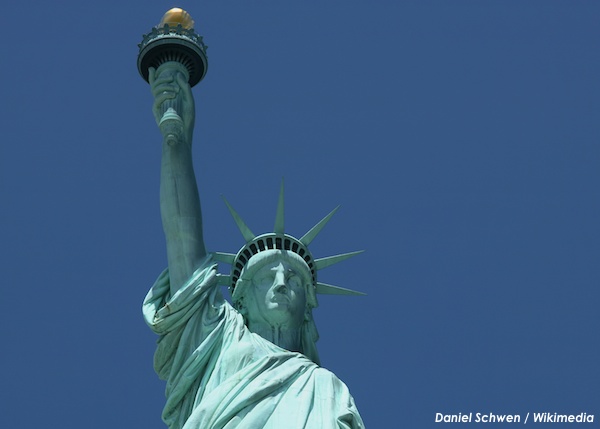Arsenal Bolt: Quick updates on the news stories we’re following.
“School-Loan Reckoning: 7 Million Are in Default” – The Wall Street Journal, August 21, 2015:
Nearly 7 million Americans have gone at least a year without making a payment on their federal student loans, a high level of default that suggests a widening swath of households are unable or unwilling to pay back their school debt.
As of July, 6.9 million Americans with student loans hadn’t sent a payment to the government in at least 360 days, quarterly data from the Education Department showed this past week. That was up 6%, or 400,000 borrowers, from a year earlier.
That translates into about 17% of all borrowers with federal loans being severely delinquent, a share that would be even higher if borrowers currently in school who aren’t yet required to repay were excluded. Millions of other borrowers are months behind but haven’t hit the 360-day threshold that the government defines as a default.
There are 40 million Americans with some outstanding student debt.
Unlike credit card, auto, mortgage and other personal debts, student debts are rarely dischargeable in a personal bankruptcy.
This unusual exception to U.S. bankruptcy law was implemented as part of the so-called “Bankruptcy Abuse Prevention and Consumer Protection Act” passed in 2005. Lenders lobbied Congress heavily for the law’s passage.
In the 10 years since that law’s creation, the share of bachelor’s degree holders with student debt after graduation rose from 64% to 71%. This potentially exposes even more young people to personal debt crises they cannot discharge.
Another key issue in U.S. student debt is how much of it has come from “for-profit” colleges, diploma mills and shady online universities. In fact, 10 of the 20 institutions that generate the most student debt fall under one or more of those categories.
They represent about 19% of the total 2014 student debt load. That is all the more astounding as they account for only 9% of the total U.S. student body. Evidently, the cost of enrolling at these institutions is high, but the payoff for graduates is low or zero.
This post was produced in conjunction with The Globalist Research Center.






